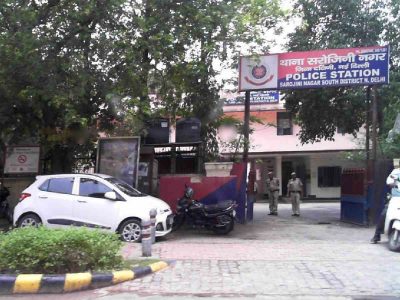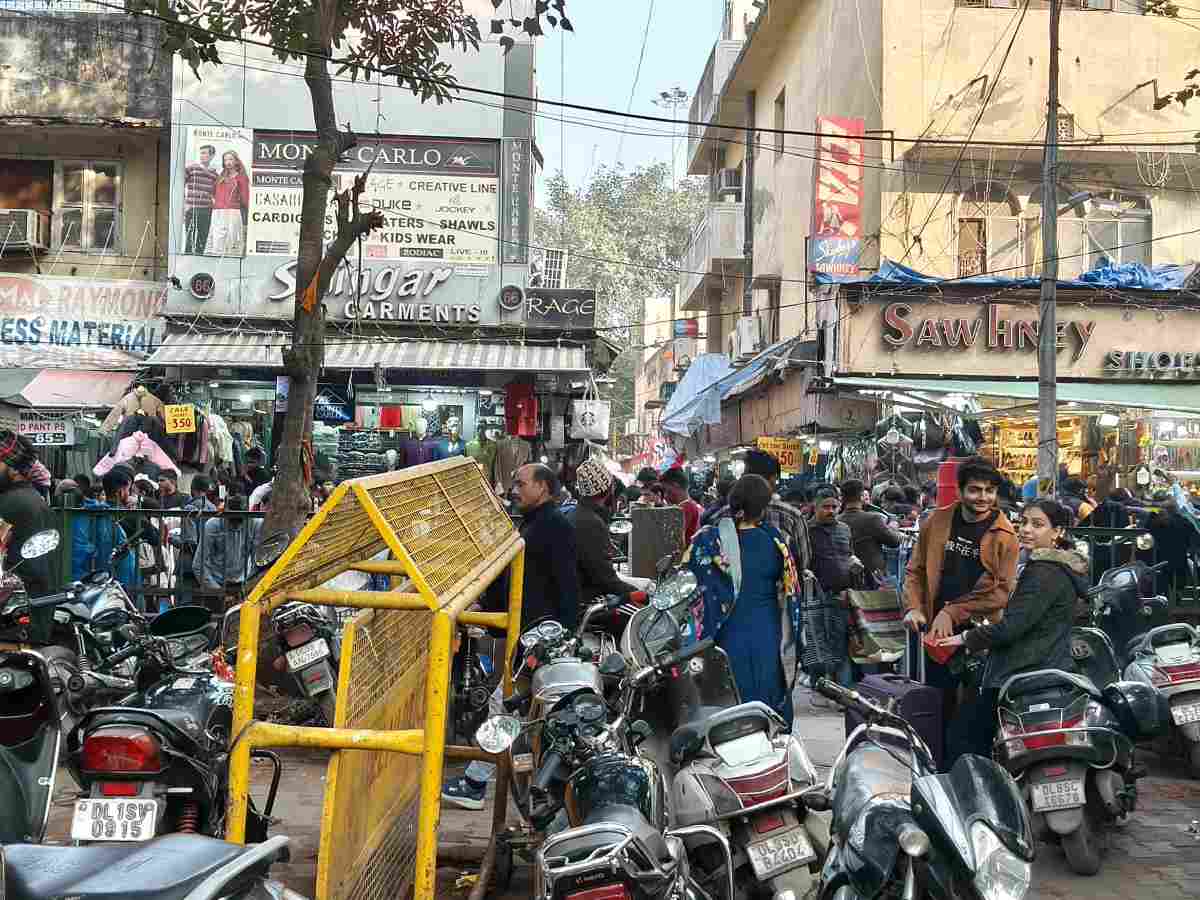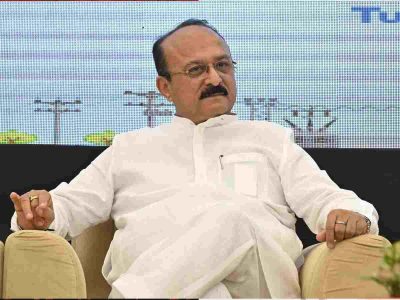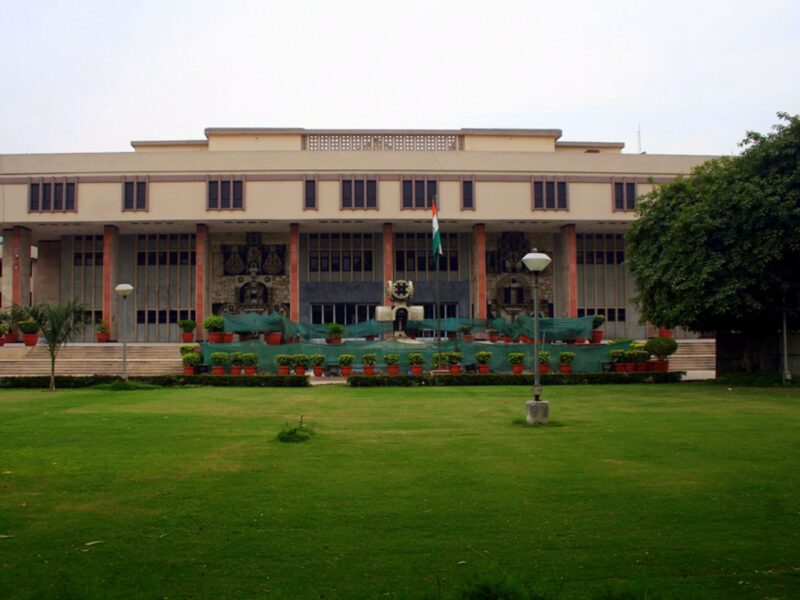A pall of silence hangs over South Delhi’s bustling Sarojini Nagar Market as demolition hammers fall on many of its shops. Shopkeepers now face an existential crisis—but those familiar with the market know its traders have an uncanny ability to rise from the ashes.
Years ago, a devastating fire gutted several showrooms, causing significant financial losses. Somehow, this market has weathered crisis after crisis.
October 29, 2005: A Diwali of destruction
It was Dhanteras. Diwali that year was to be celebrated on October 31. Delhi was bustling with festival shoppers, and Sarojini Nagar Market was teeming with crowds. By evening, the unthinkable happened: the area was rocked by serial bomb blasts.
Explosions occurred in Sarojini Nagar, Paharganj, and Govindpuri, leaving deep scars on many families. Sixty-three people lost their lives, and over 200 were injured. Yet, Sarojini Nagar Market eventually recovered and thrived again.
This time, too, shopkeepers are confident that their market will rise once more.
Also read: ‘Black Warrant’, ‘Maamla Legal Hai’ and two more shows renewed by Netflix
Who are the shopkeepers of Sarojini Nagar?
Most shopkeepers in Sarojini Nagar Market have traditionally been Punjabi, with a few Sindhi families. While strolling through the market, one often notices shops proudly displaying photographs of their original owners. Today, these shops are run by the next generation.
Amar Jyoti Restaurant was a favourite haunt of government officials, known locally as sarkari babus, who often visited for leisurely chats. Bhaskar Rammurthy, an old resident of Sarojini Nagar, recalls that generations of central government officials and their children grew up frequenting iconic spots such as the local South Indian eatery, Band Box Dry Cleaners, Usha Fans, Keventers Dairy, Pindi Restaurant, the dhaba-turned-Punjab Vatni Restaurant, New Pittman Shorthand College, and the famed Pink Restaurant known for its samosas, kachoris, and aloo tikkis.
Sarojini Nagar Market was established by the New Delhi Municipal Council (NDMC) around 1955. The structures typically housed shops on the ground floor and residences above. The shops now being demolished were constructed in the 1980s.
Echoes of the past
Beyond the market, the residential area of Sarojini Nagar is undergoing redevelopment after being razed. Over 3,000 flats for government officials were built here in 1955, making it one of the most sought-after colonies for civil servants.
Looking at the demolished homes, one can almost hear echoes of the past—of wives and elders sitting in the winter sun, knitting sweaters, as children’s laughter filled the air. During weddings and festivals, the women of the household would sing auspicious songs. For many Delhiites, Sarojini Nagar remained their dream home even after they moved away.
A couplet by Saqi Faruqi comes to mind: “Ab ghar bhi nahin ghar ki tamanna bhi nahin hai, muddat hui socha tha ki ik din jayenge ghar” (Now there is neither a home nor the desire for one; it’s been ages since I thought I’d go home one day).
When Sarojini Nagar was Vinay Nagar

Originally known as Vinay Nagar, the colony was renamed Sarojini Nagar in 1960. However, remnants of the old name remain—the Vinay Nagar Bengali School continues to operate under its original name. Until recently, the Sarojini Nagar police station sign also bore the name ‘Vinay Nagar’.
In many ways, Sarojini Nagar was a microcosm of India, home to residents from across the country. It had both Type-2 and Type-4 government flats.
Arvind Dubey, a former official with the Airports Authority of India who spent his childhood in the area, shares, “Sarojini Nagar was initially South Vinay Nagar. INA was East Vinay Nagar, and Nauroji Nagar was West Vinay Nagar. By the end of 1960, these colonies were largely renamed.”
It is worth noting that flats belonging to the Reserve Bank of India (RBI), the Posts and Telegraphs Department, and the Red Cross will not be demolished—for now. When the RBI’s grand building was constructed on Sansad Marg, colonies for its employees were also developed in Sarojini Nagar, RK Puram Sector 6, and Kasturba Nagar.
At the time, South Delhi beyond Safdarjung Airport was mostly village land, and people hesitated to move there. These were some of the first residential colonies built in Delhi for bank employees. The RBI’s colony in Vasant Vihar, housing senior officers, was built later in the mid-1980s.
Why Navyug School, Sarojini Nagar matters
Navyug School, Sarojini Nagar, celebrated its 50th anniversary in 2023. The school was conceived by social workers Vidya Benshah and Umaprasad, wife of Delhi’s then Lieutenant Governor Baleshwar Prasad. Their proposal to the central government for a premier institution for bright children was accepted, and the NDMC arranged land and other resources for the school’s establishment.
Sanjay Rawat, an advocate and alumnus, says, “Mr JN Dhar, a renowned educationist, was appointed the first principal. He was joined by dedicated teachers like Mr VK Sethi (Mathematics), Mrs Hora (Home Science), Mr VK Suri (Chemistry), and Mr Suraj Prakash (Physics).”
Principal JN Dhar
JN Dhar, originally from Lahore, came to teach at Modern School when it was first established in Daryaganj in 1928. When the school shifted to Barakhamba Road, every teacher and student, including Dhar, carried a brick to the new building.
He later taught at several other schools, including Netarhat School in Jharkhand, before being appointed the founding principal of Navyug School, Sarojini Nagar, where he served from 1973 to 1977. In just four years, Dhar laid a solid foundation for the institution.
Also Read: ‘I enjoy doing comedy roles:’ Rajkummar Rao on Bhool Chuk Maaf
The illustrious alumni
Navyug School has produced dozens of doctors, engineers, chartered accountants, IAS and IPS officers. Notable alumni include Pratyush Kumar (President, Boeing India), Admiral Sanjay Sachdeva, lawyer Sanjay Rawat, Praveen Sood (former Karnataka DGP and current CBI Director), and Dr Praveen Vashisht (Professor, AIIMS).
Students of Navyug School proudly identify as ‘Navyugians’. The alumni association, formed in 1979, was also the brainchild of Dhar.
Mukul Gambhir, a student from the 1970s, shares, “Whether someone graduated in 1980 or 2020, there’s a deep bond among us. Our school connects us. Seniors always help juniors, and juniors respect them. These are the values our teachers instilled in us.”





